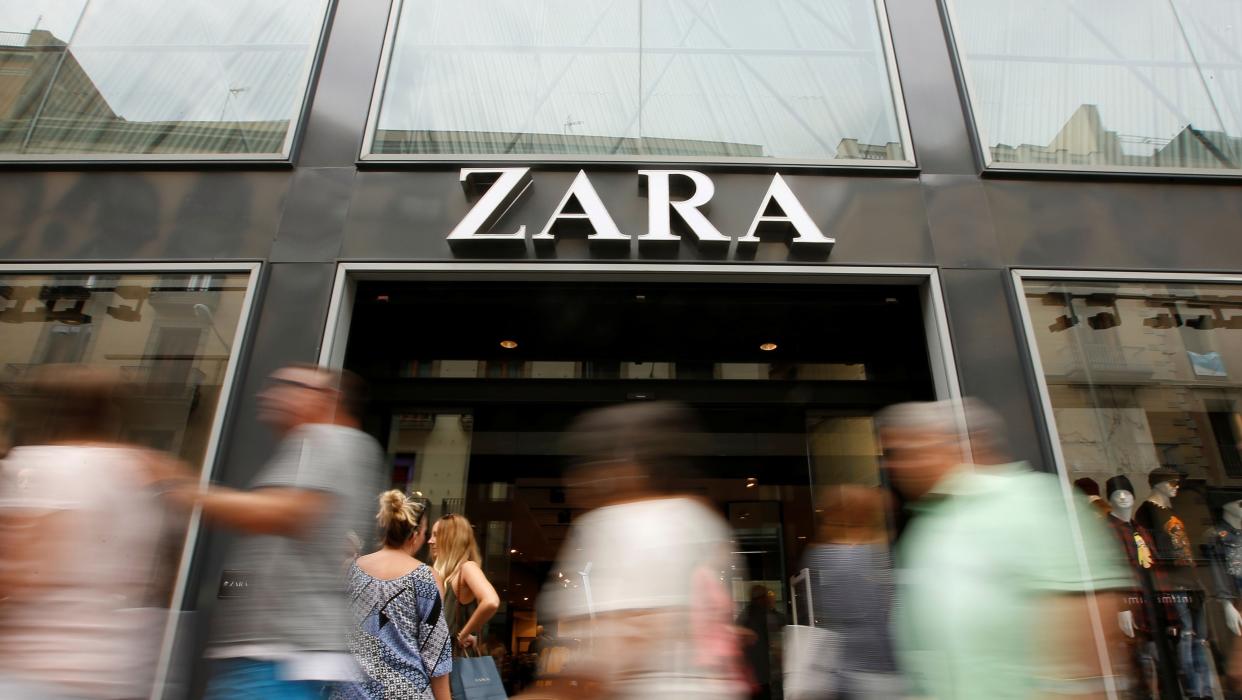Just 20 fashion companies are making almost all of the industry’s profits

The global fashion business is becoming increasingly polarized.
Take a look at the big players in the industry: On one side, you’ll find a handful of brands and retailers that, because of their scale, design, price, business model, or all of the above, generate the great majority of the industry’s profits. On the other side, pretty much everyone else.
This snapshot comes from a report on the state of fashion in 2019, produced by consultancy McKinsey & Company and media outlet The Business of Fashion. McKinsey looked at more than 500 fashion companies—about 300 of which are publicly listed, the rest private but offering enough data that they could be included—spanning geographies, categories, and price segments. Across all those companies, McKinsey calculated that the top 20% made 128% of the total profit in 2017.
How is that possible? Because the bottom 20% lost money, destroying 34% of the profit in the group.

The top 20% is still more than 100 businesses. But when McKinsey looked at just the top 20 companies, it found that they accounted for 97% of the total profit in the group, a share that has increased somewhat steadily for years. The polarization doesn’t appear to be going away either. McKinsey points out that the number of “value-destroying” companies in its set, which is to say those losing money, nearly doubled between 2010 and 2017.

There are some clear themes among the companies that are succeeding—what McKinsey dubs the super winners, including fast-fashion brands such as Inditex (parent company of Zara) and H&M, sports labels Nike and Adidas, and the luxury conglomerates LVMH and Richemont. Their sales weren’t always exceptionally high compared to the wider sample, but they had better margins and were far more efficient with their capital. They also enjoyed a big advantage from their scale.
Twelve of the companies listed have consistently been in the top 20 since 2008. “The most resilient winners included luxury, sportswear, and fast-fashion players, reinforcing the point that brand investment and operational efficiency are key drivers of sustainable business models,” McKinsey noted. Operational efficiency is a Zara hallmark, for example, while companies such as Nike and Kering, which owns fashion houses including Gucci and Balenciaga, have been remarkable brand builders.

The list also points to another form of polarization in fashion: High-end brands and those focused on value—companies that differentiate themselves on price—are thriving, while the middle is getting squeezed. That’s how you get businesses such as H&M and TJX Companies, owner of TJ Maxx and Marshalls, ranking alongside luxury powerhouses like LVMH, Hermès, and Richemont. It’s another trend that doesn’t appear to be going away anytime soon.

Of course, these aren’t the only companies making money in fashion. There are plenty of small labels generating modest incomes, and businesses that may be selling well but aren’t as efficient. When considering the large companies that dominate the global fashion business, though, these are the names that stand out.
Sign up for the Quartz Daily Brief, our free daily newsletter with the world’s most important and interesting news.

